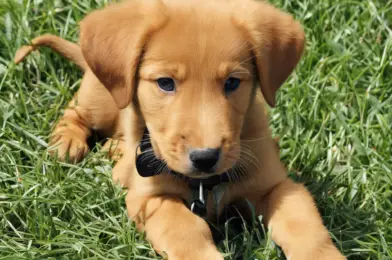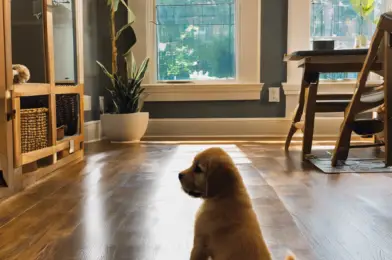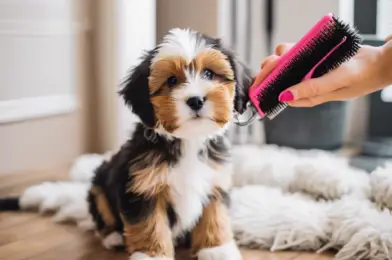Puppy socialization classes are an invaluable investment in your furry friend’s future, offering a wealth of benefits that will shape them into well-rounded, happy, and confident canines. These classes are all about providing your pup with positive experiences during their crucial socialization period, typically lasting up the age of 12 to 16 weeks. During this time, puppies are like sponges, absorbing information and forming impressions that will significantly impact their behavior as they grow into adulthood.
So, what exactly happens in these classes? Well, it’s not just about getting your pup to play nicely with others, although that is a big part of it! These sessions are carefully structured to introduce your puppy to various people, places, objects, and situations, all within a controlled and safe environment. The goal is to ensure they have positive interactions with different stimuli, which helps prevent fear and anxiety-related issues later in life.
In a typical class, you’ll encounter a range of exercises tailored to stimulate your pup’s senses and encourage exploration. This might include navigating obstacle courses, encountering different textures, and even being introduced to everyday objects like vacuum cleaners or hairdryers. These activities are designed to help your puppy become comfortable with the unfamiliar, ensuring they grow up to be well-adjusted dogs who aren’t startled by, say, a loud noise or an unusual surface underfoot.
One of the most vital aspects of these classes is puppy playtime, a supervised session where pups learn essential social skills. They learn how to interact with each other, understanding body language and the nuances of canine communication. This social interaction is key to preventing behavioral issues like aggression or fearfulness. Plus, it’s an excellent way to tire them out, ensuring they’re calm and content when you get home!
But it’s not just about the pups; puppy socialization classes also educate owners. You’ll learn how to understand and respond to your puppy’s behavior, which is critical for reinforcing positive behaviors and addressing any unwanted conduct promptly. This education can significantly enhance the bond between you and your furry friend, ensuring you become a confident leader in your dog’s eyes.
Attending these classes provides an opportunity to connect with other puppy parents who are navigating similar challenges. It’s a great way to share experiences, swap tips, and build a support network. You’ll discover you’re not alone in the joys and challenges of raising a puppy, which can be incredibly reassuring.
In the realm of benefits, these classes offer so much more than meets the eye. For instance, they contribute to your puppy’s mental and physical development and help to build their immunity. Puppies in classes are exposed to a range of germs and bacteria, which is a good thing, as it helps build up their immune system, preparing them for the world at large.
Moreover, these classes are a fun way to strengthen the bond between you and your puppy. They’ll view these sessions as a fun outing, and you’ll learn how to make the most of their natural curiosity and playful nature. By the end of the course, your puppy will be well on their way to becoming a confident, happy adult dog, thanks to the foundation laid down during these crucial early weeks.
Now, what should you expect when you attend these classes? Firstly, a warm welcome. These classes are designed to be enjoyable for both you and your pup, so the atmosphere is always friendly and supportive. You’ll likely be asked to bring along puppy treats or their favorite toy to encourage and reward good behavior.
The classes are usually held in a secure, enclosed area, ensuring the puppies are safe and cannot wander off. You’ll be impressed by the variety of activities and the instructors’ creativity in engaging both you and your pup. Remember, the key is to keep the experiences positive, so don’t be surprised if your pup’s favorite treats are involved in most exercises!
In summary, puppy socialization classes are an excellent way to set the foundation for a happy, well-adjusted adult dog. They provide a fun, educational environment that benefits both you and your furry companion, fostering a strong bond and a lifetime of good behavior. So, consider enrolling your puppy today, and watch them blossom into a confident, friendly dog!










